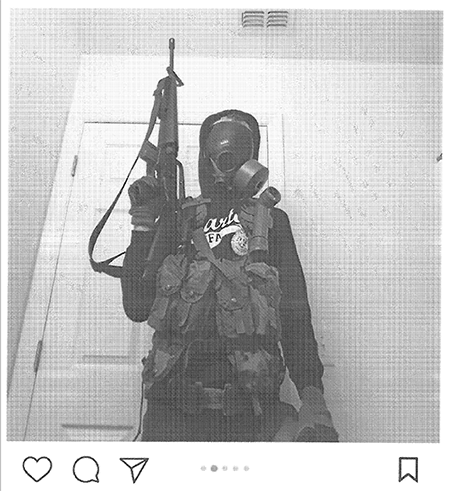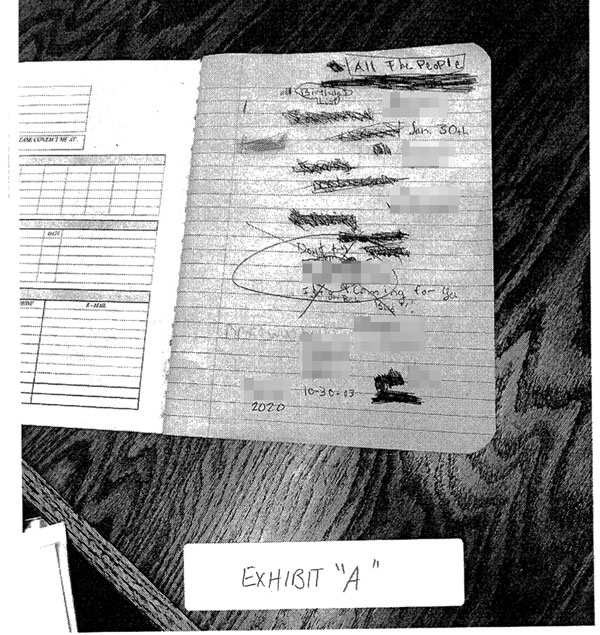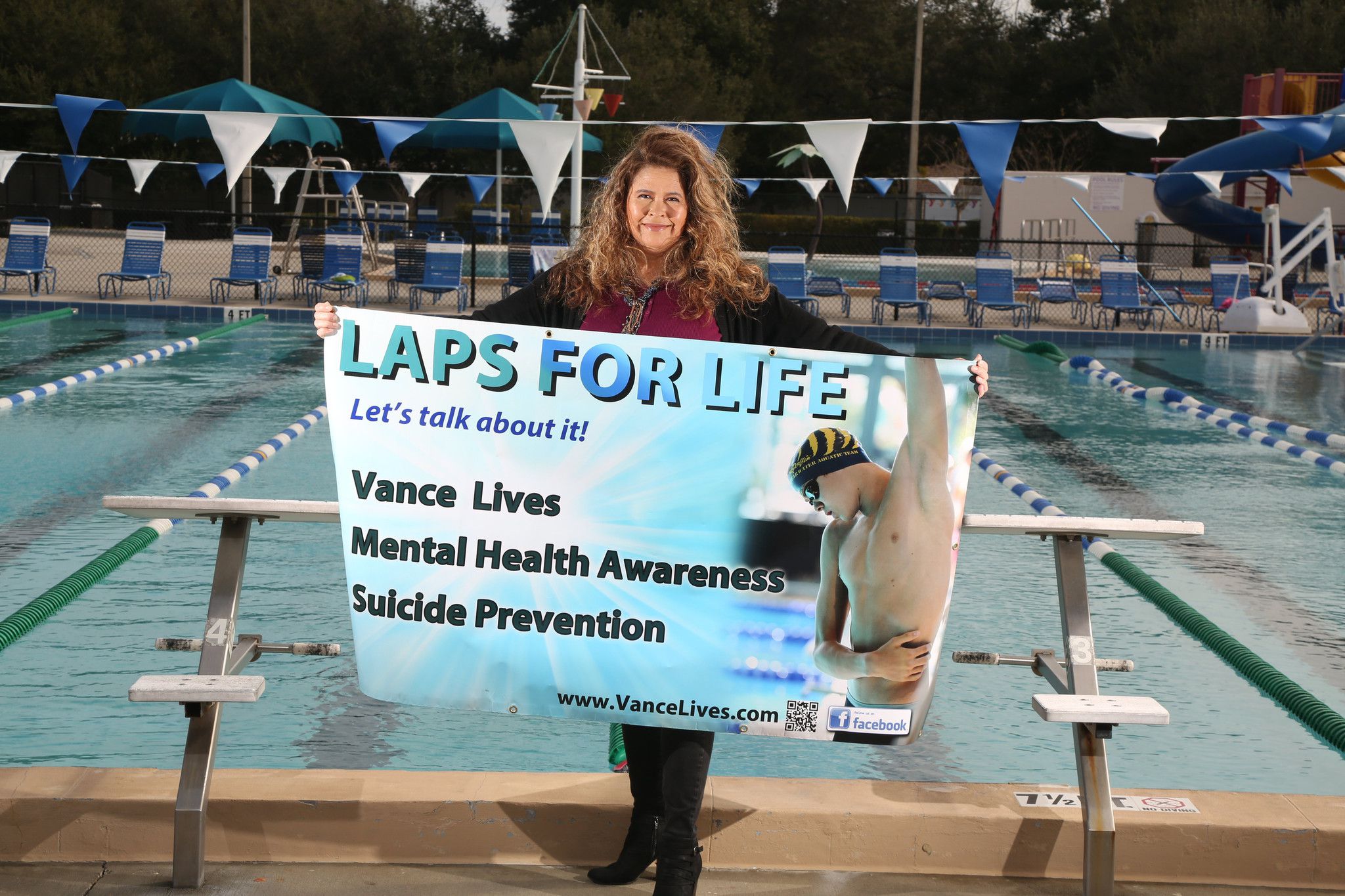Teenage time bombs
A generation in danger
A frightening number of emotionally disturbed kids are raging through Florida’s schools. Less than two years after the Parkland school shooting, children with access to guns routinely threaten the lives of teachers and classmates, and schools can do little to restrain them.
In an eight-month investigation, the South Florida Sun Sentinel uncovered the violence that shrouds an entire generation of children.
Looking for help for you or someone you know? See a list of mental health resources here.
-
The National Suicide Prevention Lifeline
Call 1-800-273-8255.
-
Crisis Text Line
Text "HOME" to 741741.
-
IMAlive
Go to https://www.imalive.org/ to chat with someone online.
-
TheTrevorProject (LGBTQ Youth)
Call 1-866-488-7386 or text START to 678678.
-
Trans Lifeline
Call 1-877-565-8860.
-
211
Call 211 to find crisis resources and experts in your area.
-
Mental Health America of Southeast Florida
Go to https://www.mhsefl.org
-
SAMHSA Treatment Referral Helpline
Call 1-877-726-4727 to get general information about mental health resources and local treatment facilities.
-
The National Suicide Prevention Lifeline
Call 1-800-273-8255 for crisis counseling and mental health referrals.
-
Federation of Families of Palm Beach County
Go to https://www.fofopbc.org/home_page.html.
-
FortifyFL
Let law enforcement and school officials know about concerns by submitting a tip at https://getfortifyfl.com/.
How we did it
Of all the questions surrounding the horrifying Parkland school shooting, one arose again and again.
How many other potential killers are simmering in our schools?
The South Florida Sun Sentinel set out early in 2019 to find the answer — and, more than that, to explain why.
Support our journalism
Become a Sun Sentinel digital subscriber today to help us do investigations like this one. Start getting full access for just 99 cents for the first four weeks.
For eight months, reporters pored over thousands of pages of police reports and court records, examined state and national laws, reviewed school policies and interviewed more than 50 parents, educators and mental health professionals.
They amassed dozens of journal pages and social media posts in which mentally ill children pledged to harm others. They watched videos of police interrogating kids as young as 12. They assessed the lack of mental health resources in the community and schools.
The picture that emerged was as complex as it was troubling. The gunman who killed 17 people in Parkland is not unusual. A growing number of seriously disturbed children sit in regular classrooms, without the support they need. Federal law, enacted in the simpler times of the 1970s, limits what schools can do to fix the problem even if they had the money. Frustrated and tormented, the youngsters lash out at teachers and classmates, threatening mass murder or attacking others in rage.
The crisis often leads to the courthouse.
After the massacre at Marjory Stoneman Douglas High School, Florida lawmakers passed a red flag law, which gives police and courts the power to seize guns from mentally unstable and violent people and bar them from buying guns for at least a year. In some cases, authorities use these risk protection orders against children and young teens.
The orders are public records, filed in circuit court under each person’s name. The Sun Sentinel sifted through more than 1,600 orders filed in 10 large Florida counties and, for the first time in Florida, isolated orders applying to anyone 19 or younger.
The task was cumbersome. In some places, such as Miami-Dade County, the records were not available online and required reporters to review them in person. In other counties, reporters had to file notarized applications to use the computerized records system. Even then, some counties balked at sharing the records of young people until reporters showed them that the law requires it.
In many cases, the court files contained emails or texts the offenders had written, as well as social media posts and videos — evidence that illustrated the problem in vivid detail. Sun Sentinel reporters cataloged numerous multimedia elements and created a database containing the details of more than 100 cases.
Where children were arrested, the Sun Sentinel also obtained police reports and, in some cases, bodycam footage from police officers.
Typically — and for good reason — records on children are not available to the public. Kids make mistakes. They have time to learn and mature. A blunder in their youth should not follow them forever.
At the same time, the Sun Sentinel sought to illuminate the mammoth task of making schools safe in a violent age. Schools are meant to be safe spaces where children can learn. Kids are not supposed to die at their desks.
The Sun Sentinel went to great lengths to balance the public’s need to know with the children’s right to privacy, particularly children with behavioral disorders. Editors decided not to identify children, and details such as school names and even communities usually were omitted to minimize the risk.
Reporters also were mindful not to generalize about youth who possess a variety of mental health problems, some violent and many not. The newspaper took care not to rush to judgment about young people who, in many ways, have no control over their own behavior.
Reporters were stunned by the sheer number of very young people brimming with hate, handling guns and vowing to kill others. The children’s writings on social media, in journals, and elsewhere are filled with obscenities and death. Many of the children are labeled with serious mental health disorders.
To understand why such children are allowed to remain in general classrooms, Sun Sentinel reporters researched the complexities of state and federal law governing the rights of violent, disabled children in schools. An entire bureaucracy, with its own jargon, is devoted to handling children with special needs.
Understandably, many parents and teachers were reluctant to speak on the record about emotionally disturbed children. Numerous people talked to the newspaper privately, illuminating the touchy subject of placing troubled kids in regular classrooms.
Reporters heard repeatedly that schools do not have enough staff, resources and help in the general classroom for all of the children who need intensive monitoring, assistance and redirection — children like the Parkland killer.
Beginning in June, the Sun Sentinel reached out several times to interview Broward schools Superintendent Robert Runcie about the challenges of the 21st century classroom. He refused.
The newspaper asked again in October and again in November. Runcie did not respond.





